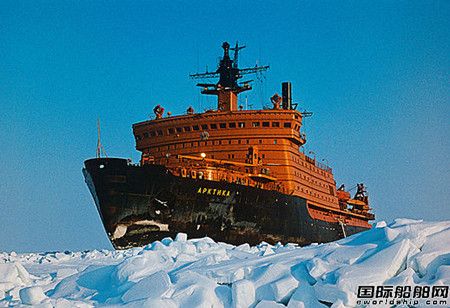The former Soviet-era marine behemoth, the world’s largest nuclear-powered icebreaker, Arktika, will be officially dismantled.

¬Ý¬Ý¬Ý It is reported that the ship launched in 1975 and achieved record achievements in the field of icebreakers. There are two reactors built on board and designed to push 22,920 tons of their own weight through ice areas as deep as 5 meters. In August 1977, the "Arktika" became the first surface vessel to reach the North Pole. In 2000, the vessel became the first non-military vessel to enter Hong Kong for the whole year. Since 2008, the ship has been retired and moored at the Atomflot nuclear icebreaker in Murmansk. The original design of the vessel can operate for 100,000 hours, but the nuclear reactor on board has extended its life span twice, making it possible to operate for 175,000 hours.
¬Ý¬Ý¬Ý The decision of the Russian nuclear icebreaker fleet was announced at a meeting of the Public Council on the Safe Use of Nuclear Energy held in Murmansk not too long ago and is the second major nuclear power icebreaker dismantling project executed by Russia. The first project before was the dismantling of the icebreaker Siberia. Both ships were dismantled by the Nerpa shipyard. At present, the "Arktika" has not yet decided on an accurate dismantling time, because the "Siberian" number must be dismantled first.
The two old ships will be replaced by two larger icebreakers after dismantling, using the previous name. Two larger ships have been floating in the Baltic shipyard in St. Petersburg. The new "Arktika" is expected to enter service in 2019, and the new "Siberian" will be commissioned in 2021. The two new ships will complete the proposal of the Russian government to ensure the Arctic. North Sea routes do not freeze during the year.










